5 Ways to Enhance the Performance of Your Taxi Booking App like Ola
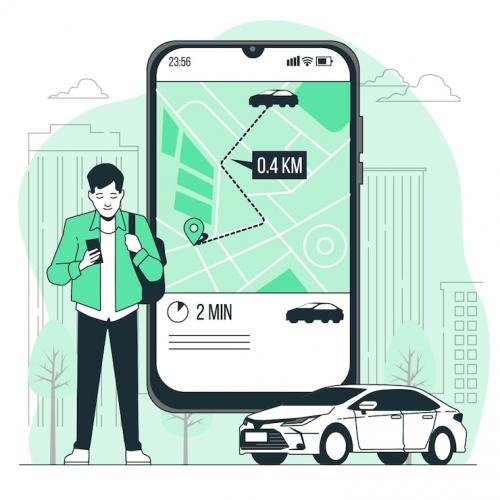
Enhancing the performance of your taxi booking app is crucial for providing a seamless user experience, retaining customers, and staying ahead of the competition. Here are five effective ways to improve the performance of your taxi booking app like Clone Ola.
Optimize the User Interface (UI) and User Experience (UX)
Streamline the User Journey
Simplified Navigation
Ensure that the app’s navigation is intuitive and straightforward. Users should be able to book a ride with minimal steps and easily find important features like fare estimation, driver details, and ride history.
Consistent Design
Maintain a consistent design language throughout the app. Use familiar icons, buttons, and colors to make the app intuitive for users. Consistency helps in reducing the learning curve and enhances user satisfaction.
Enhance Loading Speeds
Efficient Code
Optimize your app’s code to reduce loading times. Avoid unnecessary code bloat and use efficient algorithms to ensure that the app responds quickly to user inputs.
Asynchronous Loading
Implement asynchronous loading for non-essential elements. This means loading critical elements first while other parts of the app continue to load in the background, ensuring a smoother user experience.
Personalization
User Preferences
Incorporate personalization features that remember user preferences such as preferred payment methods, frequently traveled routes, and favorite drivers. Personalized experiences make the app more engaging and user-friendly.
Recommendations
Use data analytics to provide personalized ride recommendations based on the user’s past behavior. This can include suggesting rides at specific times or offering promotions for frequently traveled routes.
Improve App Stability and Performance
Regular Updates and Bug Fixes
Timely Updates
Release regular updates to keep the app running smoothly. Updates should address bug fixes, security patches, and performance enhancements to provide users with a reliable experience.
Beta Testing
Before rolling out updates to all users, conduct beta testing with a small group to identify and fix potential issues. This helps in minimizing disruptions caused by new updates.
Optimize Server Performance
Load Balancing
Implement load balancing to distribute traffic across multiple servers. This ensures that no single server is overwhelmed, leading to better performance and reduced downtime.
Scalable Architecture
Design the app’s backend to be scalable. This means the infrastructure should be capable of handling increased traffic during peak times without compromising performance.
Memory Management
Efficient Resource Use
Optimize memory usage to ensure that the app runs smoothly even on devices with limited resources. This includes efficient management of caches, temporary files, and background processes.
Garbage Collection
Implement effective garbage collection techniques to free up memory resources that are no longer in use. This helps prevent memory leaks and ensures consistent app performance.
Enhance Security Measures
Secure Data Transmission
Encryption
Ensure that all data transmitted between the app and the server is encrypted. Use protocols such as HTTPS and SSL/TLS to protect user data from interception and tampering.
Secure APIs
Use secure APIs to handle data exchanges between the app and backend services. Ensure that APIs are properly authenticated and authorized to prevent unauthorized access.
User Authentication
Multi-Factor Authentication (MFA)
Implement multi-factor authentication to add an extra layer of security. This can include biometric authentication (fingerprint or facial recognition) and OTP-based (One-Time Password) authentication.
Secure Login
Ensure that the login process is secure by using strong password policies and protecting against common threats such as brute force attacks.
Data Privacy
Compliance with Regulations
Adhere to data privacy regulations such as GDPR (General Data Protection Regulation) and CCPA (California Consumer Privacy Act). Ensure that user data is collected, stored, and processed in compliance with these regulations.
Transparent Policies
Provide clear and transparent privacy policies that inform users about how their data is used and protected. Allow users to control their data preferences and opt out of data collection if they wish.
Utilize Advanced Technologies
Artificial Intelligence (AI) and Machine Learning (ML)
Predictive Analysis
Use AI and ML to analyze user behavior and predict future trends. This can help in optimizing ride availability, improving route suggestions, and providing personalized recommendations.
Fraud Detection
Implement AI-based fraud detection systems to identify and prevent fraudulent activities such as fake bookings, payment frauds, and account hacking attempts.
Geolocation Services
Real-Time Tracking
Incorporate real-time GPS tracking to provide accurate location services. This helps users track their rides, view estimated arrival times, and share their location with others for safety.
Geofencing
Use geofencing technology to create virtual boundaries around specific areas. This can help in managing driver availability, ensuring compliance with local regulations, and providing location-based promotions.
Internet of Things (IoT)
Connected Devices
Integrate IoT devices such as smart meters, vehicle health monitors, and in-car entertainment systems to enhance the user experience. These devices can provide real-time data on ride conditions, vehicle status, and passenger preferences.
Smart Infrastructure
Leverage smart city infrastructure such as traffic management systems and public transport data to optimize ride routes and reduce travel times.
Provide Excellent Customer Support
Multi-Channel Support
In-App Support
Include an in-app support feature that allows users to contact customer service directly from the app. This can include live chat, FAQs, and troubleshooting guides.
Social Media Integration
Integrate social media platforms to provide support through channels that users are already familiar with. This can include responding to queries on Twitter, Facebook, and Instagram.
Proactive Support
Automated Responses
Use AI-powered chatbots to provide instant responses to common queries. Chatbots can handle a large volume of requests, provide quick solutions, and escalate complex issues to human agents.
Feedback Mechanism
Implement a robust feedback mechanism that allows users to rate their experiences and provide suggestions. Use this feedback to continuously improve the app and address user concerns promptly.
Training and Development
Staff Training
Ensure that customer support staff are well-trained and equipped to handle a wide range of issues. Regular training sessions can help in keeping the support team updated on new features, policies, and best practices.
Knowledge Base
Develop a comprehensive knowledge base that includes detailed guides, tutorials, and troubleshooting steps. This can help users resolve issues on their own and reduce the load on customer support.

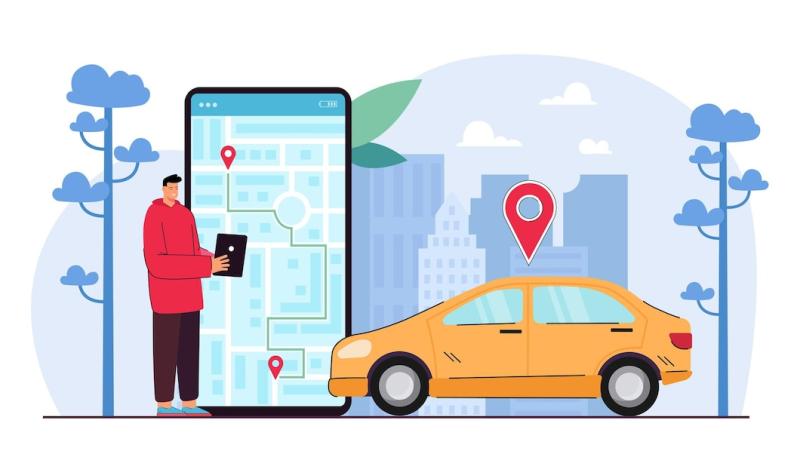
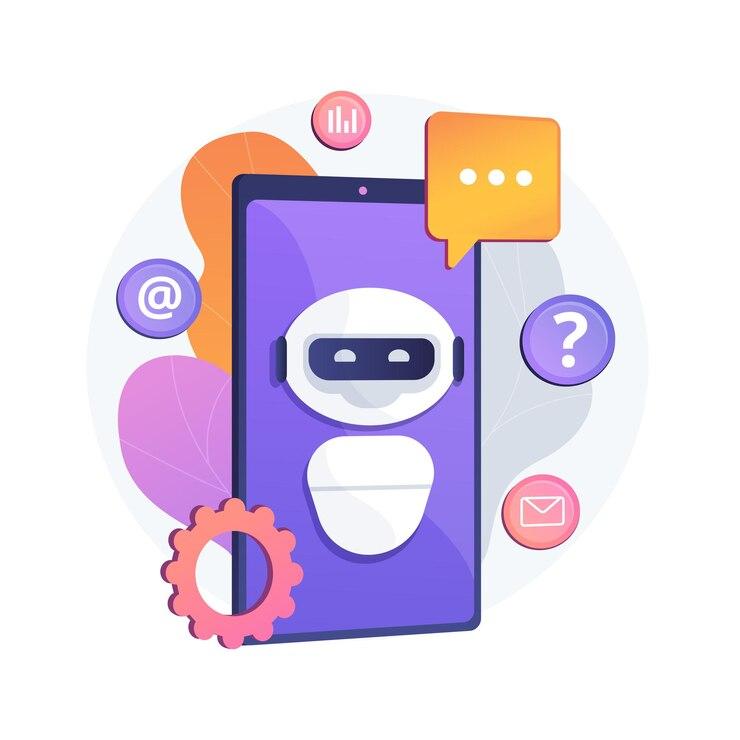
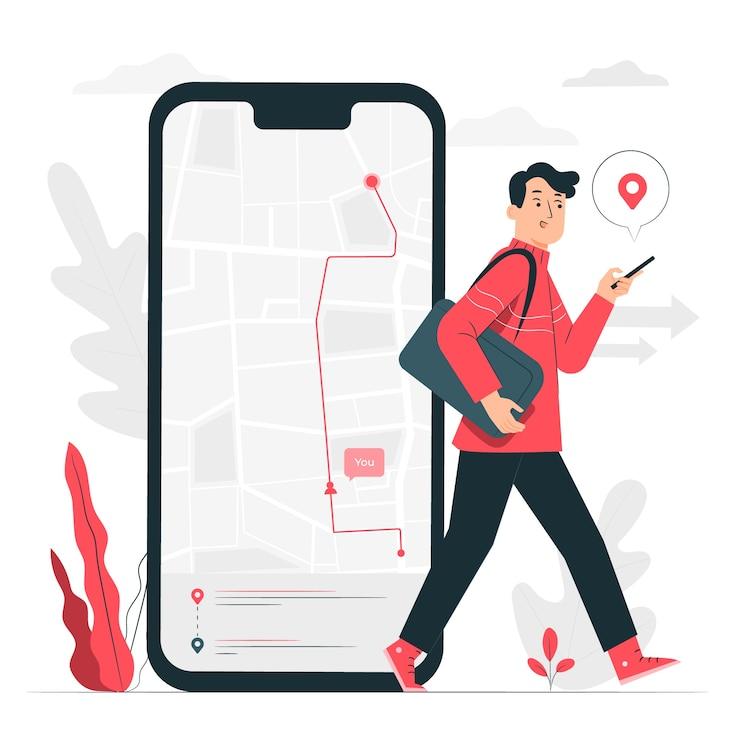

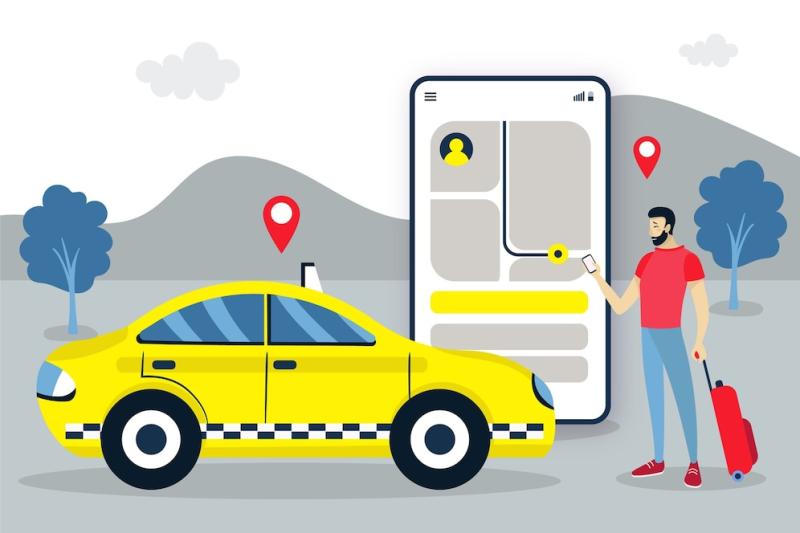



Comments